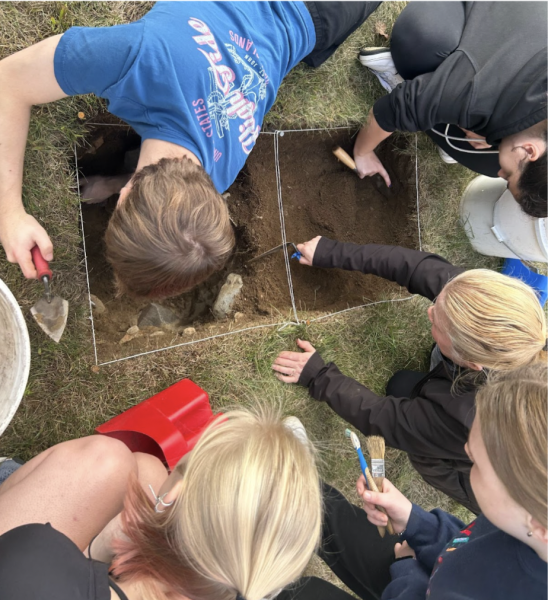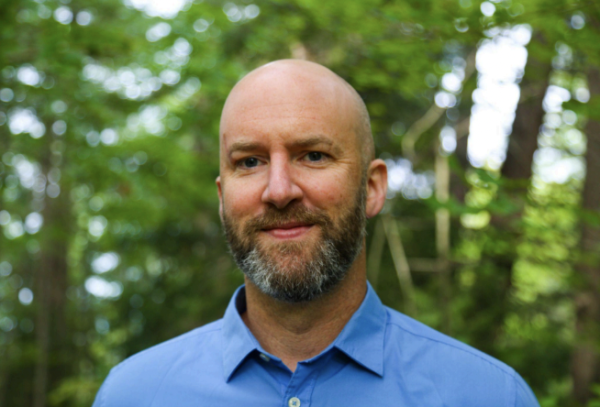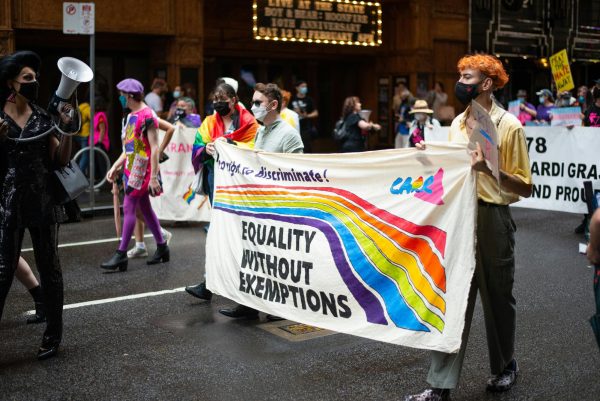The Willow Project: What Can UNE Do?
Wondering how Willow is going to affect UNE? Keep reading to find out more about Willow, it’s impact, and what we can do.
What is the Willow Project?
Project Willow was first introduced in 2020 by ConocoPhillips, a Houston-based energy company that has been exploring and drilling oil in Alaska since the 1990s. The company began the development permitting process for Willow in 2018, to build in the Alaskan National Petroleum Reserve (NPR-A). Since then, the 30 year project has undergone substantial reductions, yet remains the single largest oil extraction project ever proposed on American soil. Only 3 of the 5 proposed drilling pads have been approved by the Biden administration. ConocoPhillips has agreed to forfeit 68,000 acres of existing leases in Alaska in exchange for the approval.
Willow is expected to provide nearly 2,500 construction jobs, and is predicted to generate between $8 billion and $17 billion dollars in revenue for Alaska, the NPR-A, and the federal government. Nearly 600 million barrels of oil is expected to be produced over the lifetime of the project, equivalent to almost 10 million tons of carbon dioxide emissions annually.
Why was the project approved?
Despite Biden’s campaign claim that there would be, “No more drilling on federal lands, period, period, period,” the Willow project was still approved for 3 drilling pads in the northern Arctic circle. The Biden administration has defended their decision to approve the reduced plan despite global protest by stating, “Administration options were limited due to legal constraints.” The administration had determined that legally, courts would not have allowed a full rejection of the project due to existing leases and corresponding existing rights to the land by ConocoPhillips.
What Does this mean for UNE?
The Willow Project is expected to have a wide range of environmental and human impacts, from habitat fragmentation, destruction, biodiversity loss, to carbon and methane emissions that will contribute to an already warming climate. It is expected that nearly 1,478,000 million gallons of fresh water will be used in the development and drilling process. Indigenous groups nearest to the drilling sites are at a higher risk of respiratory disease, and their traditional subsistence lifestyles are threatened by these developments.
Specifically in Maine, climate change is contributing to sea level rise, the destruction of coastal marshes, dry beaches, and dunes that act as buffer zones, coastal groundwater contamination, increased tick-borne illness, and an overall increase in intensity of natural disasters. The Gulf of Maine is warming faster than 99% of global waters, which is negatively impacting both fishing and lobster industries as the fish move North towards colder waters. If we continue to do nothing about our total global emissions, UNE itself, along with entire coast lines will be threatened by flooding, erosion, and rising tides.
According to Maine’s climate impacts government site, the high projection for sea level rise by 2100 could be as much as 9 feet, which would inundate 98% of Maine’s dry beaches. This is the projection for if climate change is not addressed. According to measurements by Professor Bethany Woodworth’s ENV 240 sustainability lab, this would mean regular tides would reach the concrete structure on the commons lawn. Not only would the lawn be underwater, but so would the waste treatment center.
Pamela Morgan, UNE’s Professor of Environmental Studies states, “It is important to remember that sea level rise is only one important factor that needs to be considered moving forward. There will also be more frequent storm events, which will result in more coastal flooding and erosion. On the Biddeford campus, our wastewater treatment plant sits just beyond the current shoreline, and so UNE will need to work to protect this structure.”
She explains that rising sea levels also impact valuable ecosystems, salt marshes, that buffer wave energy and help improve water quality. Morgan is heading a living shorelines project with her environmental students that would help slow the impacts of erosion of UNE’s shores.
What Can We Do?
As UNE’s shores, and entire coastal regions, are threatened by climate change, it’s important to remember that our actions matter. As a student, we can limit our carbon footprints by carpooling, walking, using less electricity and making use of natural sunlight, by recycling, and composting.
In addition, if you would like to learn more about the living shorelines project, and would like to become involved in sustainable initiatives of campus, you can join the Environmental Council, a group composed of faculty and students that report directly to President Herbert, with the goal of “greening” the UNE campus.
While it’s easy to feel overwhelmed by the climate change crisis, remember it’s not too late. UNE students are the future, and together, we can make a change.
Sourced Cited:
https://www.maine.gov/climateplan/climate-impacts
https://www.doi.gov/pressreleases/interior-department-substantially-reduces-scope-willow-project
https://powerincooperation.com/willow-info-center/
https://www.une.edu/magazine/climate-change
https://www.cnn.com/2023/03/14/politics/willow-project-oil-alaska-explained-climate/index.html








